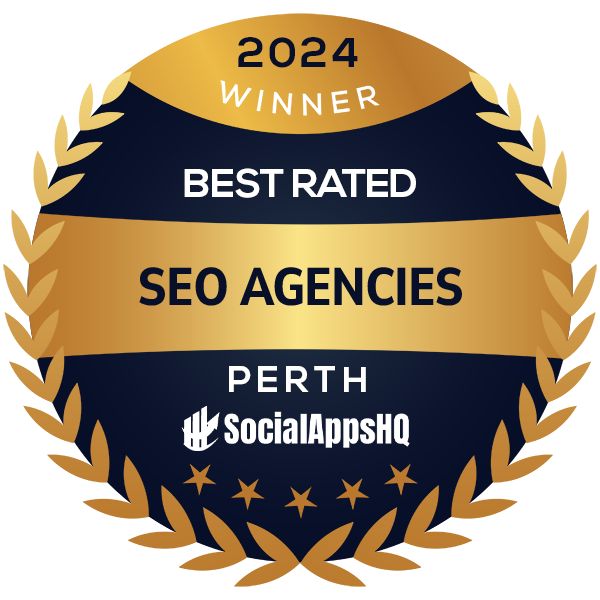In today’s digital era, social media is a powerful tool for businesses across all industries, including construction. For construction companies looking to expand their reach, engage with potential clients, and build a solid brand presence, Facebook is an invaluable platform. With billions of active users globally, creating and managing an effective Facebook business page can significantly boost your visibility and help you connect with clients in ways traditional methods cannot.
In this blog, I will guide you through the process of building and optimizing a Facebook page tailored to the construction industry. From setting up your page to creating content that engages your audience, you’ll learn everything you need to know to make your Facebook business page work for you. By the end, you’ll be equipped with actionable strategies to create a page that enhances your business’s reputation, attracts new clients, and fosters trust within your community.
What You’ll Learn
- Setting Up Your Facebook Business Page: Learn how to create your page and customize it to reflect your construction brand.
- Optimizing Your Profile and Cover Photos: Tips on selecting the right images for your business and avoiding common pitfalls.
- Filling Out Essential Business Information: How to complete your business information so potential clients can easily find you.
- Creating Engaging Content: Tips for posting content that resonates with your audience.
- Scheduling and Analyzing Your Posts: Discover how to schedule posts and measure their effectiveness.
- Building Relationships with Clients: Learn how to engage with your followers and respond to inquiries.
Let’s dive in and build your construction business’s Facebook page!
Step 1: Setting Up Your Facebook Business Page
Creating a Facebook business page starts with logging into your personal Facebook account and visiting the Create a Page section. You’ll be asked to choose the type of page you want to create. For construction businesses, select Business or Brand, as it’s designed for companies that want to promote products or services.
Once you’ve selected this option, you will need to fill in the basic information, including your business name and category. For a construction business, categories might include “Contractor,” “Construction Company,” or “Home Improvement.” Make sure your business name is clear and relevant as this can’t be changed later.
Step 2: Optimizing Your Profile and Cover Photos
Your profile and cover photos are essential for making a strong first impression. For construction businesses, it’s ideal to use your company logo as your profile image, which ensures consistency across all platforms. The profile picture will appear whenever you post content or interact with others.
The cover photo is a larger image at the top of your page, and it’s a fantastic opportunity to showcase your brand or recent projects. Use a high-quality image that highlights the scope of your work or a construction project in progress. The recommended dimensions for Facebook cover photos are 820 x 462 pixels, and it’s essential to center key elements to ensure they’re visible across devices.
Step 3: Filling Out Essential Business Information

Once your images are set, it’s time to fill out your business details. It’s important to include as much information as possible to help potential clients find and learn more about your services.
Here’s what you need to include:
Username:
Create a unique username for your page. This helps make your page easy to find and adds your business name to your URL (e.g., Facebook.com/YourCompany).
Business Description:
A brief 255-character description of what your business offers. For example: “A leading construction company specializing in residential and commercial projects in Perth, Western Australia.”
Categories:
Choose up to three categories that best describe your business. These could include “Construction,” “Home Builder,” or “Contractor Services.”
Contact Information:
Add your phone number, website, and email so clients can easily reach you.
Location:
If you have a physical office or work primarily in certain areas, list your location or service areas. This is critical for SEO and helps local clients find you.
Business Hours:
If applicable, list your working hours so customers know when they can reach you.
The more detailed your profile is, the easier it will be for your audience to find the information they need.
Step 4: Creating Engaging Content
Once your page is set up, the next step is to create content that engages and informs your audience. As a construction business, your content should reflect your expertise, showcase your work, and connect with your followers. Here are a few types of content you can share:
Project Updates:
Share photos and details of current or completed projects. This not only showcases your capabilities but also builds credibility.
Behind-the-Scenes:
Take your audience behind the scenes to see what goes into your construction projects. People love to see the process and craftsmanship involved.
Client Testimonials:
Positive reviews and testimonials can significantly influence potential clients. Share these on your Facebook page to build trust.
Tips and Advice:
Provide helpful tips related to construction, home improvement, or safety. Offering advice makes your page a valuable resource.
Time-Lapse Videos:
If you have time-lapse footage of a project from start to finish, share it! These types of videos are highly engaging and visually appealing.
Step 5: Scheduling and Analyzing Your Posts
Consistency is key when it comes to social media, but posting regularly can be time-consuming. That’s where scheduling tools, like Buffer, come in handy. With Buffer, you can schedule your posts in advance, ensuring your page remains active even when you’re busy on the job site.
Moreover, once your content is live, it’s essential to track how it performs. Facebook offers Insights, a built-in tool that provides detailed analytics about your posts’ reach, engagement, and audience demographics. This will help you understand which content resonates best with your audience, allowing you to optimize your posts going forward.
Step 6: Building Relationships with Clients

Engagement is crucial for building trust and fostering relationships with potential clients. Respond to comments and messages promptly, and show that you value feedback. If a client leaves a review or asks a question, take the time to reply thoughtfully.
Additionally, consider using Facebook’s Messenger feature for quick client inquiries. This can be especially useful for construction businesses, where clients might have urgent questions about timelines, services, or quotes.
Step 7: Promoting Your Page
Once your page is fully set up, it’s time to promote it! Start by inviting friends and colleagues to like your page. If you have a marketing budget, consider running Facebook Ads targeting your local area or specific demographics that align with your services.
To maximize your reach, share your Facebook page on other platforms, such as LinkedIn, Instagram, or your website. This ensures that your audience knows where to find you and helps increase the chances of referrals.
Conclusion
Building a thriving Facebook page for your construction business is not a one-time task. It requires consistent effort, thoughtful content, and ongoing engagement. By setting up your page properly, optimizing your profile, and creating engaging content, you can attract more leads, enhance your business’s online reputation, and increase brand awareness.
Call to Action: Get Your Free Marketing Plan
If you’re ready to take your construction business to the next level, our social media marketing service can help. Get a Free Marketing Plan today and discover how we can assist in building your online presence and driving success on Facebook and other platforms. Let’s get started!


